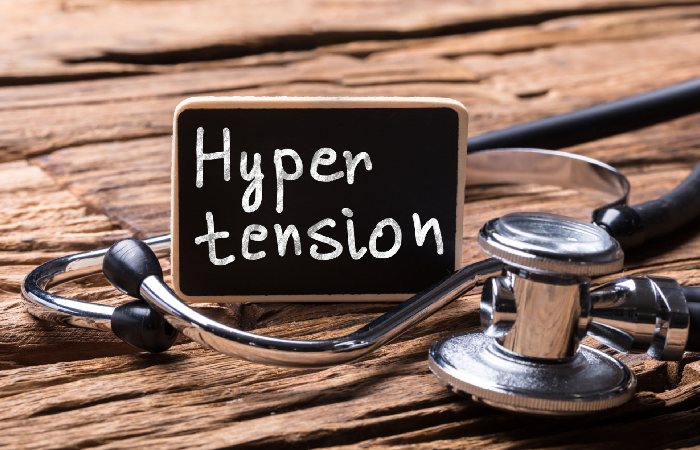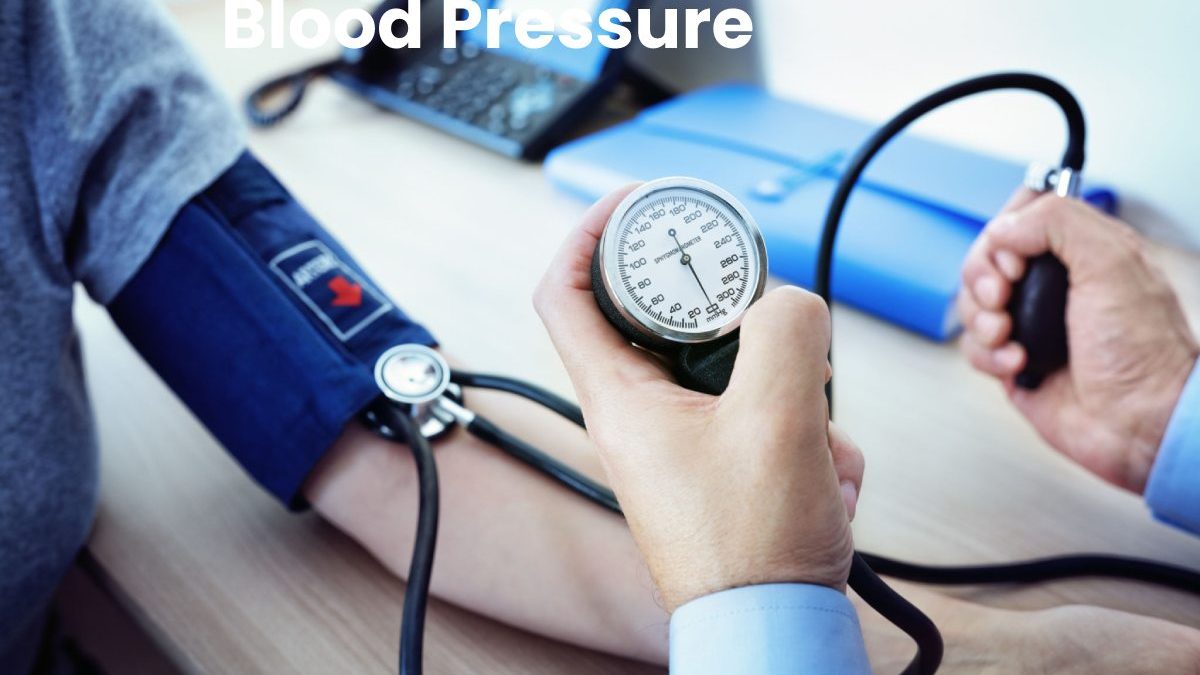Blood pressure plays an essential role in circulation. It is known as arterial blood pressure because it exerts pressure as if it were a force so that the body’s tissues receive nutrients and oxygen.
Table of Contents
What Is Blood Pressure?
It is the engine or force that allows blood to reach the walls of the arteries. It should be noted that, although the heart is the organ in charge of pumping blood to the body, blood pressure is what establishes the “speed with which it travels throughout the body.”
Compares the circulatory system with the plumbing service of a building: “It is a system of pipes through which a fluid circulates and the pressure at which it circulates has to be adequate. If the pressure increases above certain levels, the arteries that carry the blood begin to suffer greater damage and, in the long run, this damage translates into complications”.
Hypertension is a problem that both elderly and young patients can suffer from, hence the importance of knowing the appropriate levels and how to keep them in the correct range.
Types Of Blood Pressure
It is divided into two, that is systolic or high pressure and diastolic or low pressure. Now, within each one, the following classification stands out:
Normal Blood Pressure
When measuring blood pressure, it should show 120/80 mm Hg. These are the data that are classified under everyday stress.
Low Tension
hypotension; as it is also known, it occurs when there is a drop of about 20 mm of mercury.
High Pressure
Hypertension is one of the most common problems in older adults due to the hardening of the arterial walls. It occurs when the value is more excellent than 120 to 129 mm Hg.
Pre-Hypertension
This new classification is developed when the patient is just facing the symptoms of high or low blood pressure. It is generally in between 130/80 and 140/90 mm of mercury. Therefore, it is the right time to take action and avoid a serious long-term health problem.
It is significant to note that specific situations can alter the values. It does not mean the patient suffers from high or low. In fact, during the day, the values may change slightly.
What Voltage Is Dangerous?
Very high or very low voltage is dangerous. Very high hypertensive crises require immediate medical attention. We must monitor when the value is greater than 130-139 mmHg (diastole).
On the other hand, low blood pressure is of concern when it is between 80 and 89 mmHg.
The emergency room should be called when the pressure is higher than 180/120 mm Hg. Associated severe symptoms such as chest pain, weakness, and blurred vision are usually present.
If it is high and there are no associated symptoms, it is recommended to wait a few minutes and retake it. In this way, it can be verified if the data is correct. If so, the patient will need urgent medical attention.
How To Prevent Problems With Tension?
It requires a good rhythm, neither too low nor too high. It is necessary to have healthy habits.
- Avoid consuming ultra-processed foods and implement a more natural diet rich in vegetables, and fish, among others.
- Reduce meat consumption.
- Avoid a sedentary lifestyle and exercise at least one hour a day.
- No Smoking.
- Avoid excessive consumption of alcoholic beverages.
- Reduce the consumption of salt.
Conclusion
Blood pressure is the most common thing in today s lifestyle. However, many people take it lightly about maintaining it. But, it is necessary to maintain blood pressure for good health.


